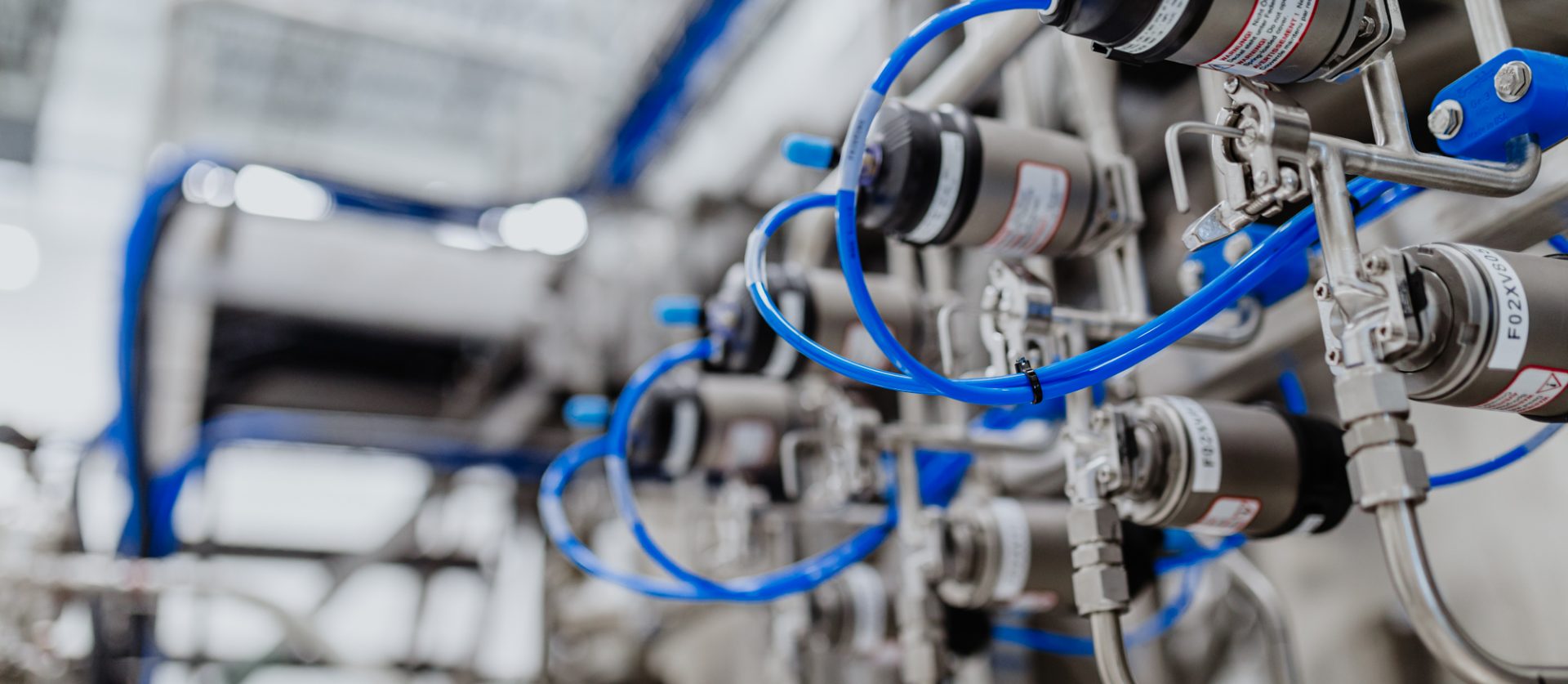FAQ
Questions about our processes and solutions? Find the information you need quickly in our FAQ section!

Biostimulants
Biostimulants are products that can increase plant growth and resistance to abiotic stresses (e.g., drought, salt, heat) and reduce the use of fertilizer. These substances are effective at low concentrations because they bolster the plant’s vital processes and deliver high yields of high quality produce.
Our proprietary blend of bacteria promotes the health of the root zone by solubilizing phosphorus and calcium and helps to ensure the bioavailability of iron and other fertilizing compounds from organic and inorganic sources. Our customers can therefore develop their crops to their full potential with minimal change to their farming practices.
The difference between a biostimulant and a biopesticide is relative to their function. Biostimulants aim to improve plant health, whereas biopesticides aim to control pests (fungi, bacteria or insects).
Mode of action (MoA) is a term used to describe a change at the cellular or molecular level. The transition may be anatomical or functional and always stems from a position in relation to another living organism, or any other chemical or biological change in the cellular or molecular environment of a living organism. For example, when referring to phosphorus solubilization as the mode of action, the change affects phosphorus at a molecular level, making it more soluble and bioavailable to the plant’s root system.
These non-pathogenic bacteria stimulate plant development by altering hormone levels, nutritional requirements or bioavailability and by mitigating stress-related damage. They colonize the root hair and lateral roots of plants, where they express their beneficial characteristics. Rhizobacteria that promote plant development are able to control the architecture of the root system and the vegetative growth and physiology of the entire plant.
The rhizosphere is the thin zone of soil directly influenced by the roots and their secretions.
Plant effector
When effector molecules bind to specific receptor sites within a plant or on plant tissue, they can regulate the plant’s biological activity. This can result in increased or decreased enzyme activity, expression of specific genes and cell signaling. Effector molecules that hinder our crops are called negative plant effectors, while those that bring beneficial changes are called positive plant effectors, such as those included in our ChitoSal formulation.
Oligochitosan is the plant effector derived from chitin. It is the most technologically advanced product ever bottled. Our unique production process creates a superior vegetal effector molecule and maintains its stability in the bottle and in the producer’s reservoir.
Salicin is a natural form of salicylic acid, a plant effector found in many plant species, such as willow. When it is introduced, plants recognize salicin and transform it into salicylic acid. This allows ChitoSal to combine all the benefits of salicylic acid while remaining an all-natural and certified organic product.